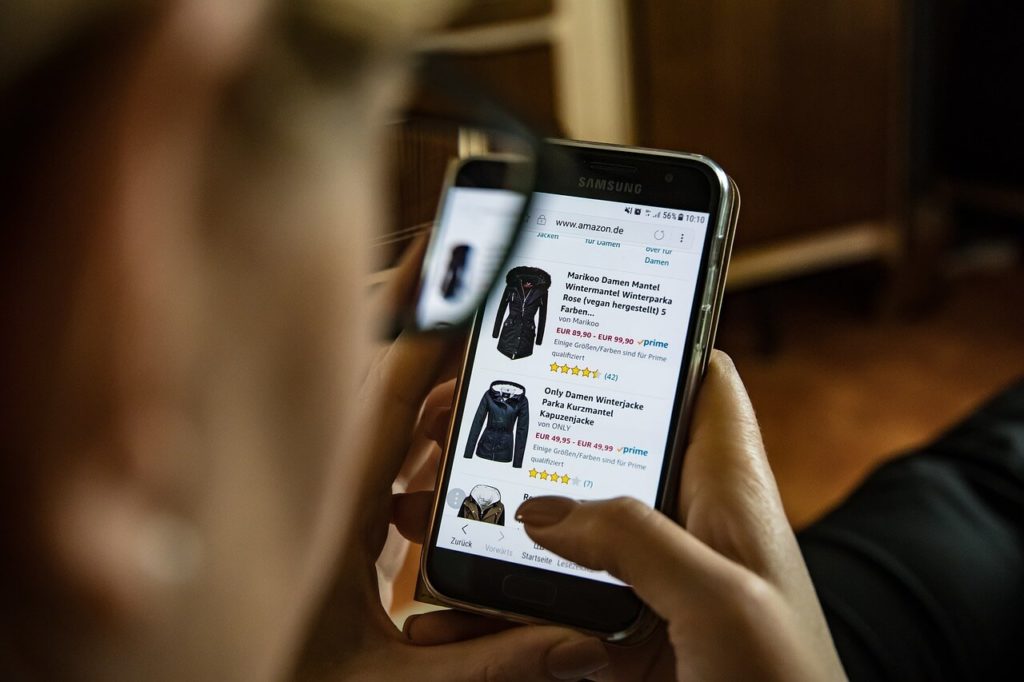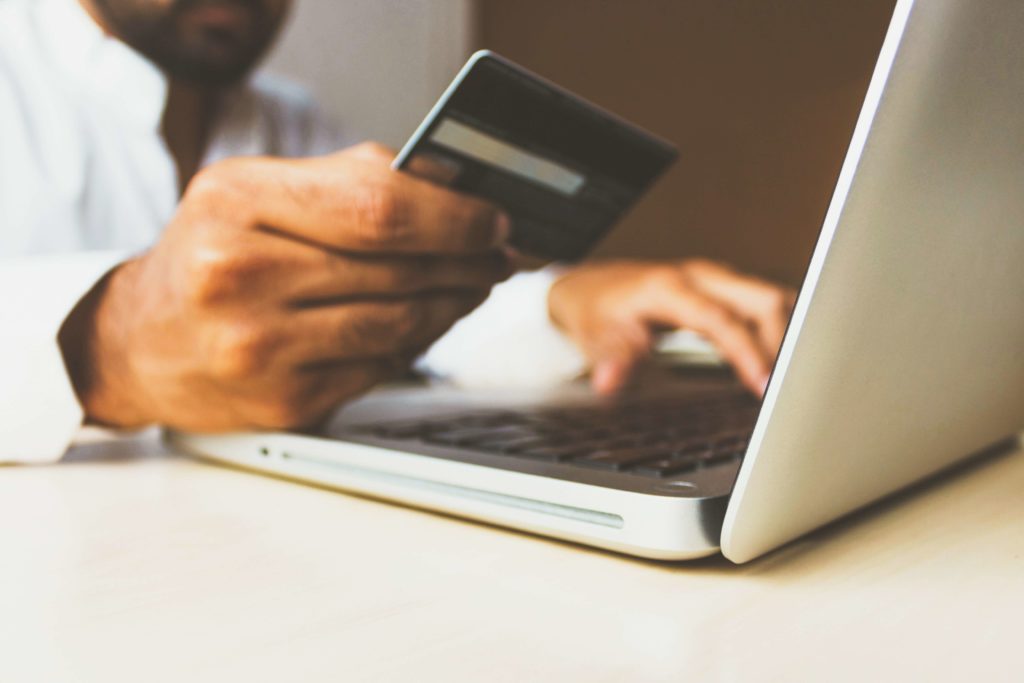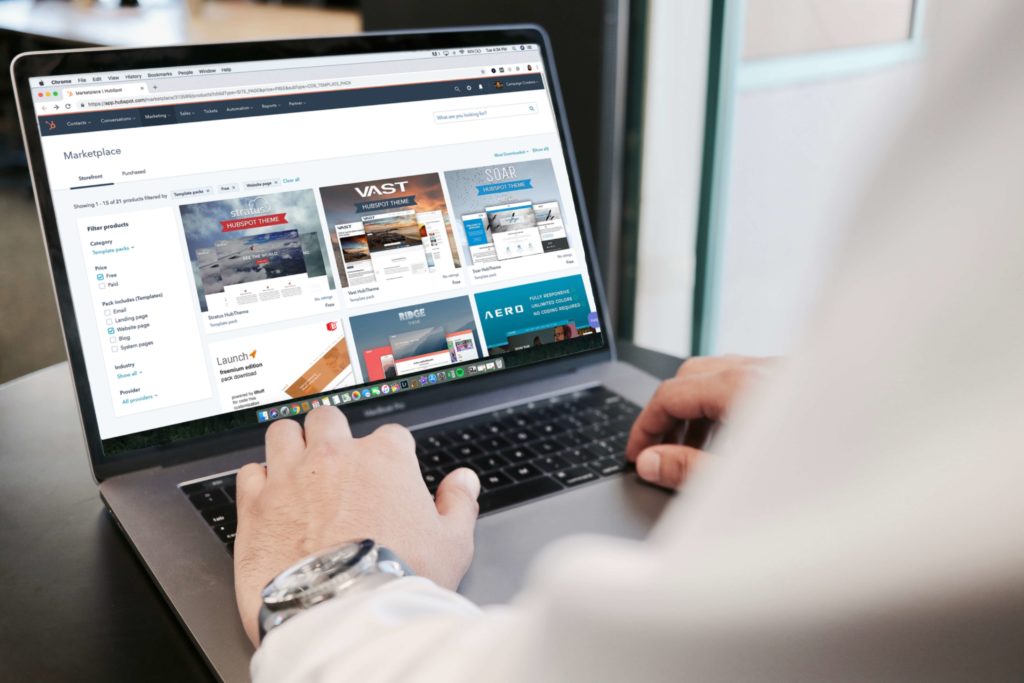E-commerce sites and digital stores are rising by the number every year, and most of them offer good products. An e-commerce report by Statista showed about Php 49 trillion of market revenue grew in 2019 in the e-commerce market.
With today’s digital wallets, digital currency, online banking, and online shopping, safety have become a real concern.
Knowing who the legitimate online sellers represent the other side of the coin. According to recent data provided by the Philippine National Police’s Anti-CyberCrime Group, there were about 4,103 cybercrimes recorded in 2018, around 1,012 of which were online scams.
A higher risk is almost always involved since the e-commerce industry leaves digital footprints. This means you can’t buy anything online without paying via credit card or through your bank. Most customers prefer digital payments for all-around convenience.
To make your shopping experience worry-free, here are some practical tips for safe shopping.
Photo courtesy of Brooke Lark via Unsplash
Before Shopping
1. Conduct due diligence if retailers are legitimate.
It will take a bit more effort to do background research of the online store you plan on buying a product from. You may review any negative feedback the company has. Then inquire if the products they sell are on hand. Ask as many details as you can about the product and assess how much the seller knows about it. Check the website, too, for the following information:
- About Us
- Contact Us/Feedback
- Shipping Policy
- Terms and Conditions
- Data Privacy and Security
- Customer Service/After Sales Service
- Dispute Resolution/Complaints Handling
- FAQs (Frequently Asked Questions)/Help
2. Check if the website is secure.
When browsing for products to add to your shopping cart, check if they come from safe shopping sites. Some antivirus spyware comes with a feature that shows which websites are secure and which are not. You can also check the website’s security through the website’s URL in your browser’s address field. It has to show a closed padlock icon, and it has to start with an “https” instead of an “http.” Make sure not to click on any link on the website that seems suspicious or any third-party apps that pop up when you open the site.
3. Be familiar with your rights and the return policy of the company.
You can read the Terms and Agreement or the Privacy Policy located at the footer of the website. The data privacy law will show you how they will use any personal information that you will provide to them. It’s very important that the data privacy policy states they will keep any information obtained from you confidential.
4. Compare products and prices.
To ensure you are getting the best deal, it is best to compare similar products offered by different stores before you “Add to Cart” and buy the item right away. If you see a product sold at an extremely high price, check out the reviews. The same goes if it’s offered at a very low price. Some merchants would offer a high price, as they offer it along with another product for a discounted amount. You can verify with the product distributor if they are indeed running that kind of promo.
Photo courtesy of HutchRock via Pixabay
When Buying A Product
1. Use your personal computer when buying online.
To stay safe online, it’s best to use your personal computer (PC) and avoid using public computers such as the ones you have in public/school libraries. Even if it is a company-provided laptop, it still isn’t advisable to use for any personal transaction. A mobile phone might be a better alternative if you need to purchase digitally and your PC or laptop isn’t with you.
2. Update your software and virus protection.
Included among the safe online tips in securing your device from any spyware or malware that attacks through unsecured websites. Thus, it is crucial to keep your antivirus software up-to-date. Make sure to install legitimate antivirus software, for maximum protection when browsing the Web. You can also enable your PC’s personal firewall for an extra layer of protection and security.
3. Avoid using public Wi-Fi.
Coffee shops, cafes, and malls now offer free Wi-Fi for public use. They can be easily infiltrated by hackers. As such, it’s best to avoid using them for safe online shopping. Using your mobile data will be more secure, but also try to avoid using a mobile hotspot. It will disclose your phone’s information to anyone nearby. Though it is password-protected, it still is best to share a little information to the public as possible. The same applies if you will be using a pocket Wi-Fi. You can set it to “Hidden Network” wherein only you can see your network’s name.
4. Create strong passwords for all your online accounts.
Always create long passwords that are difficult to encrypt, to keep your data safe online. You can use a combination of uppercase and lowercase letters, symbols, numbers, and phrases. Avoid using your name, birth date, or any information you shared online publicly as part of your passwords. The longer and more complex your password, the better. It will be best to have both an e-copy and a printed copy of your passwords, in case you lose or break your phone. Make it a habit to change your passwords regularly.
5. Choose PayPal to secure your credit card details.
Although paying using a credit card is also a safe payment method, PayPal is the best for online shopping as it doesn’t disclose your credit card details. This will protect your card from the threat of card-skimming-attacks. You can also opt to use a digital wallet for a more secure mode of payment since it allows data encrypting, monitoring, and authenticating of all your personal information.
Photo courtesy of rupixen via Unsplash
After Purchase
1. Make a copy of your digital transactions.
Take screenshots of your transaction details such as the reference or the transaction number, the date, and the amount paid. Some merchants also offer an option to send your transaction details via email. You can avail of this option so you have an exact copy of the transaction, especially if it is more than a page long.
2. Log out from the website.
Make it a habit to log out after each purchase. To clean any digital footprint that you may leave online, always clear your browsing history. This includes caches, cookies, and all passwords you may have accidentally stored while logging in at safe shopping sites.
Photo courtesy of Campaign Creators via Unsplash
What to do if you have been scammed?
- If you used your credit card to purchase, call your credit card provider or your bank right away so they can do the necessary steps to protect your finances.
- Take a screenshot of the product you bought, the name of the website, and all other pertinent details you can use when you file a complaint.
- If the fraudulent seller used a particular marketplace to sell the products, you can file a complaint, and that marketplace will help you retrieve the stolen money or receive the product you ordered.
- If it’s an individual website, you can report the incident to the authorities; so they can investigate the site. You can call the Complaint Action Center Hotline of the PNP Anti-Cybercrime Group through 0998-598-8116 or send them a message on their social media profiles: facebook.com/anticybercrimegroup and @pnpacg.
Now that the “ber” months are officially here, it also translates to holiday shopping sprees as early as September at online shopping websites. You are, for sure, as excited as everyone else, especially with all the sales and great deals being offered by several online stores. Before you add items to your shopping cart, though, don’t forget the tips above to protect yourself on the Web. And when in doubt, don’t buy.





